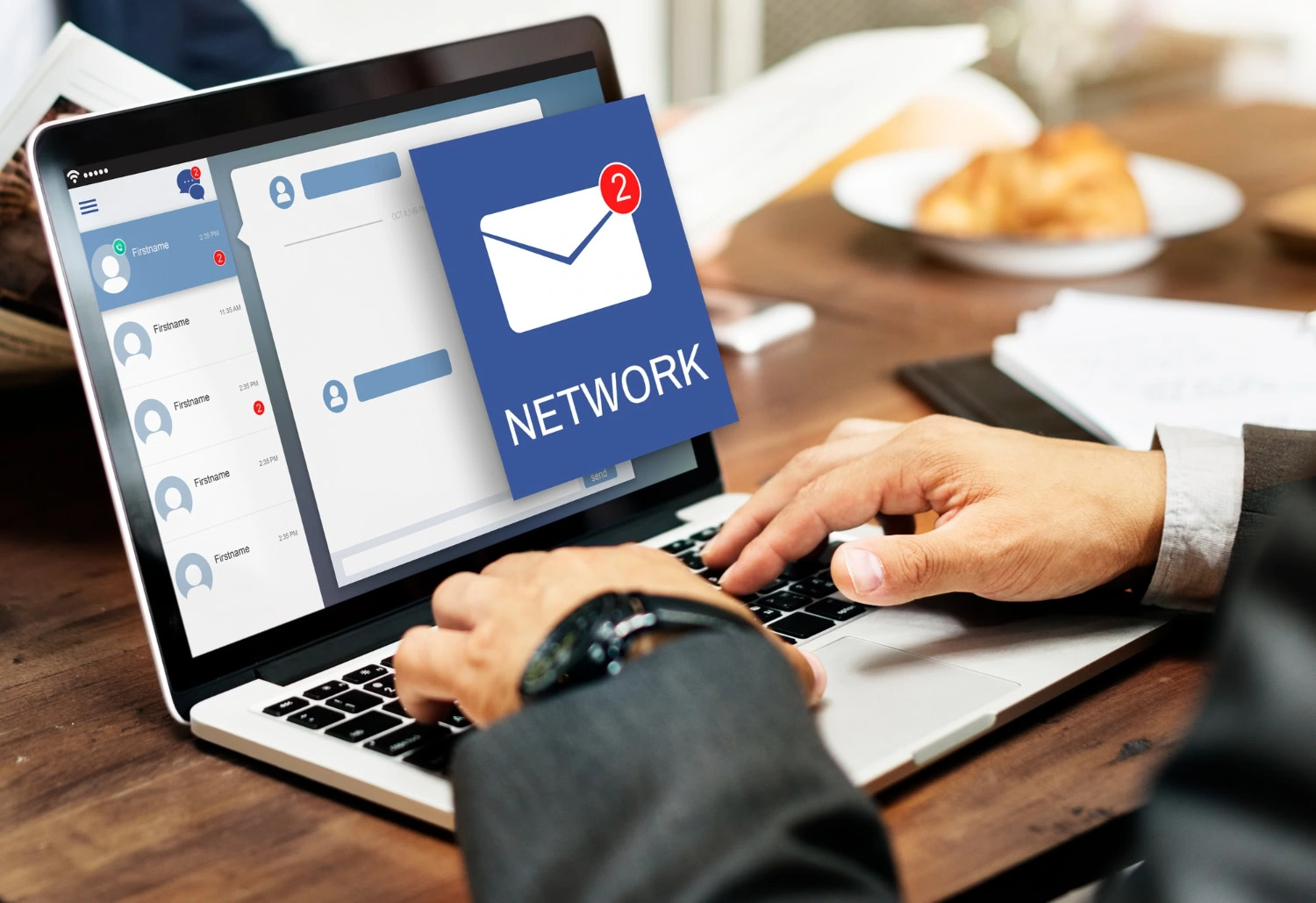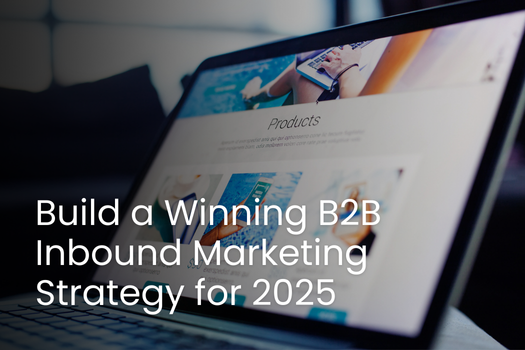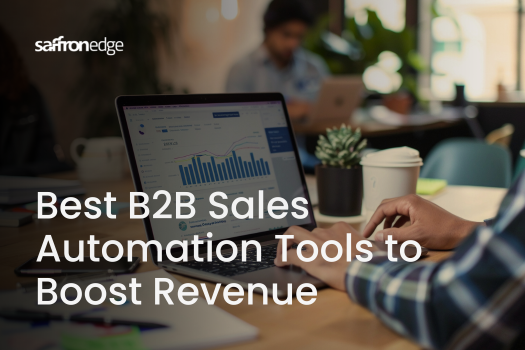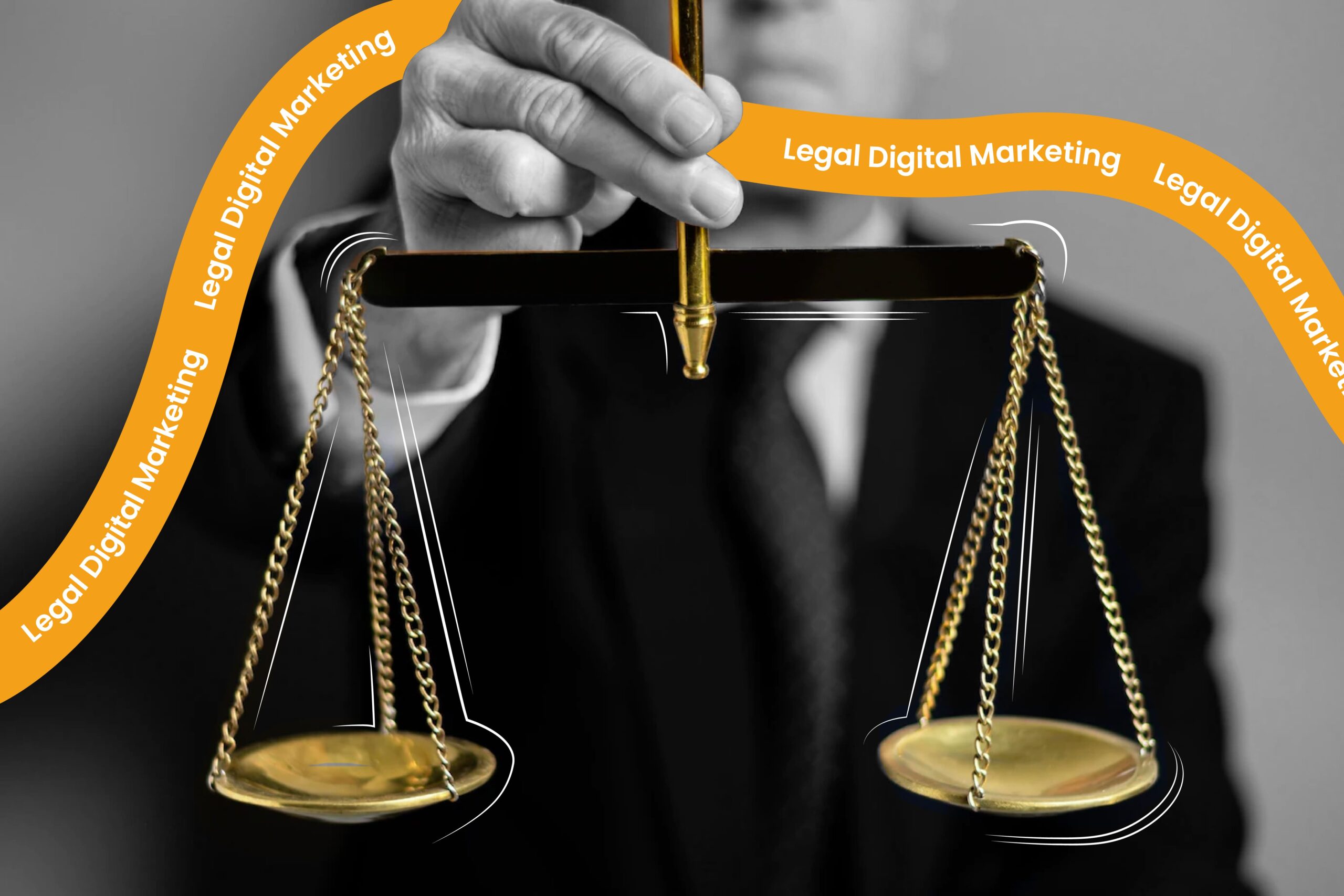Contents
- 1. Build Alignment for Strategic Success
- 2. Amplify Impact Across Business Functions
- 3. Master the Top Three Pillars of Email Marketing
- 4. Optimize for SEO and Discoverability
- 5. Build a Customer-Centric Playbook
- 6. Create a Holistic, Integrated Playbook
- Conclusion: Thrive in 2025 with a Dynamic Playbook
In the fast-evolving world of SaaS, email marketing remains a cornerstone for driving customer acquisition, retention, and growth. This playbook provides a strategic, actionable framework to align teams, optimize campaigns, and integrate email marketing into your broader SaaS growth strategy. Designed for 2025’s competitive landscape, this guide emphasizes personalization, automation, SEO alignment, and customer-centricity to rank highly on Google SERPs and deliver measurable results.
1. Build Alignment for Strategic Success
A successful SaaS email marketing playbook starts with alignment across teams, ensuring a unified approach to goals, execution, and measurement.
Define SMART Goals
Set Specific, Measurable, Achievable, Relevant, and Time-bound (SMART) goals to anchor your email marketing efforts. Examples include:
-
Increase email open rates by 20% within six months.
-
Boost customer retention by 15% through targeted re-engagement campaigns.
-
Drive 25% more MQLs (Marketing Qualified Leads) via email nurturing sequences.
Align these goals with your SaaS growth objectives, such as reducing churn or expanding ARR (Annual Recurring Revenue). Use tools like Google Analytics 4, HubSpot, or Klaviyo to track KPIs like open rates, click-through rates (CTR), and conversion rates. Clear goals foster cross-departmental collaboration and ensure everyone works toward the same outcomes.
Foster Cross-Departmental Collaboration
Engage stakeholders from sales, product, customer success, and data analytics to build a robust playbook. Their insights ensure campaigns resonate with diverse audience needs:
-
Sales: Share insights on prospect pain points and objections to craft compelling email copy.
-
Product: Highlight new features or updates to drive adoption.
-
Customer Success: Provide feedback on customer challenges to inform onboarding and retention emails.
-
Data Analytics: Analyze campaign performance to refine segmentation and targeting.
Hold regular syncs (e.g., bi-weekly) to align on priorities and share learnings. Tools like Slack or Asana can streamline collaboration, ensuring your playbook evolves with real-time insights.
Maintain Dynamic Communication
In the fast-paced SaaS ecosystem, agility is key. Establish open communication channels to adapt campaigns based on market trends, customer feedback, or competitive shifts. For example:
-
Monitor emerging trends like AI-driven personalization or Account-Based Marketing (ABM) to stay ahead.
-
Use A/B testing to iterate on subject lines, CTAs, or email formats.
-
Update your playbook quarterly to reflect new data, such as shifts in customer behavior or platform algorithm changes.
This adaptability ensures your email marketing remains relevant and impactful in 2025’s dynamic landscape.
2. Amplify Impact Across Business Functions
Your email marketing playbook should extend beyond standalone campaigns, supporting broader business goals like brand awareness, customer education, and revenue growth.
Expand Content Strategically
Create a content ecosystem that supports the entire buyer’s journey—awareness, consideration, decision, and retention. Develop diverse formats, such as:
-
Awareness: Blog-driven emails linking to thought leadership content.
-
Consideration: Case studies or whitepapers showcasing ROI.
-
Decision: Free trial invitations with clear value propositions.
-
Retention: Onboarding guides or feature update announcements.
Repurpose high-performing email content for other channels, like social media posts on X or LinkedIn, to maximize reach. For example, a successful email nurturing sequence can be adapted into a webinar script or blog series. This multi-channel approach reinforces your brand and drives consistency.
Prioritize Educational Content
Educational emails build trust and accelerate product adoption. Incorporate:
-
Onboarding Sequences: Step-by-step guides or video tutorials to help new users navigate your SaaS platform.
-
Feature Spotlights: Emails highlighting underutilized features to boost engagement.
-
Industry Insights: Content explaining key concepts like “What is a BDR (Business Development Representative)?” or “MQL vs. SQL: Key Differences” to position your brand as an authority.
Drive traffic to high-value assets like webinars, eBooks, or gated blog posts. For example, a webinar invitation email could link to a landing page optimized with keywords like “SaaS email marketing best practices” to boost SEO.
Leverage User-Generated Content (UGC)
UGC, such as customer testimonials or case studies, adds authenticity and improves SEO. Encourage customers to share success stories via surveys or social media campaigns on X. Integrate UGC into emails by:
-
Featuring a “Customer Spotlight” section with real-world results.
-
Embedding short video testimonials to increase engagement.
-
Showcasing user reviews to build trust with prospects.
Search engines prioritize UGC for its relevance and authenticity, so optimize these emails with keywords like “SaaS customer success stories” to enhance discoverability.
3. Master the Top Three Pillars of Email Marketing
Focus on three critical areas to elevate your SaaS email marketing playbook: segmentation, automation, and engagement.
Advanced Segmentation
Segment your audience based on:
-
Behavioral Data: Email opens, link clicks, or feature usage.
-
Demographics: Company size, industry, or role (e.g., CEO vs. marketer).
-
Lifecycle Stage: Prospects, trial users, active customers, or at-risk churners.
Use tools like Customer.io or ActiveCampaign to create dynamic segments. For example, send personalized re-engagement emails to users who haven’t logged in for 30 days. Tailored content increases relevance, with studies showing personalized emails can boost CTR by up to 14%.
Automation Excellence
Automation streamlines workflows and ensures timely, relevant communication. Implement:
-
Drip Campaigns: Nurture leads with a series of emails tailored to their journey stage.
-
Behavioral Triggers: Send emails based on actions, like abandoning a trial signup or completing an onboarding step.
-
AI-Powered Personalization: Use tools like Persado or Phrasee to dynamically adjust email copy based on user preferences.
For example, an AI-driven email could adapt its tone (e.g., formal vs. conversational) based on the recipient’s profile, increasing engagement. Automation saves time while delivering hyper-relevant content at scale.
Interactive and Visual Engagement
Engage users with visually appealing, interactive emails:
-
Responsive Design: Ensure emails render perfectly on mobile and desktop (over 50% of emails are opened on mobile in 2025).
-
Rich Media: Include GIFs, videos, or infographics to convey complex ideas quickly.
-
Interactive Elements: Add polls, sliders, or clickable CTAs to boost engagement.
For instance, a poll asking “What’s your biggest SaaS marketing challenge?” can provide valuable insights while increasing interaction. Tools like Litmus or Email on Acid can test email renderability across devices.
4. Optimize for SEO and Discoverability
Email marketing and SEO are interconnected. Optimize your campaigns to enhance your SaaS brand’s online visibility.
SEO-Friendly Email Content
Incorporate relevant keywords naturally into email copy, subject lines, and CTAs. For example:
-
Use phrases like “SaaS email marketing strategy 2025” or “best practices for SaaS retention” to align with search intent.
-
Link to SEO-optimized landing pages or blog posts to drive traffic and improve rankings.
Ensure email content is archived on your website (e.g., a “Newsletter Hub”) to make it crawlable by search engines. This increases discoverability for queries like “SaaS email marketing tips.”
Differentiate Demand Generation vs. Lead Generation
Educate your audience on key concepts to establish authority:
-
Demand Generation: Focuses on building brand awareness and interest through educational content (e.g., webinars or blog-driven emails).
-
Lead Generation: Targets converting prospects into MQLs viazor SQLs through gated content or trial signups.
Include these definitions in emails with clear explanations and optimize for keywords like “demand generation vs lead generation SaaS.” This dual-purpose content engages readers while boosting SEO.
Monitor Competitor Strategies
Analyze competitors’ email campaigns to identify gaps and opportunities. Use tools like Owletter or MailCharts to track their frequency, content, and CTAs. For example, if competitors focus heavily on lead gen, differentiate by emphasizing demand gen through thought leadership emails.
5. Build a Customer-Centric Playbook
Your customers are your best marketers. Leverage their feedback and stories to create a playbook that resonates.
Collect Actionable Feedback
Proactively gather customer input via:
-
Post-campaign surveys (e.g., NPS or CSAT).
-
In-app feedback prompts.
-
Social listening on X to capture real-time sentiment.
Use this data to refine email content, timing, and segmentation. For example, if customers report onboarding challenges, develop a targeted email series addressing common pain points.
Develop Data-Driven Buyer Personas
Analyze feedback to create detailed buyer personas reflecting:
-
Pain points (e.g., budget constraints or integration issues).
-
Preferences (e.g., email frequency or content type).
-
Goals (e.g., increasing team productivity or reducing churn).
Tailor email campaigns to each persona. For instance, send technical guides to IT managers and ROI-focused case studies to CFOs. This precision drives engagement and conversions.
Showcase User Success Stories
Integrate customer success stories into emails to build trust:
-
Highlight specific results (e.g., “Company X increased ARR by 30% using our platform”).
-
Use quotes or video testimonials for authenticity.
-
Optimize with keywords like “SaaS customer case studies” to improve SEO.
These stories validate your value proposition and inspire action from prospects.
6. Create a Holistic, Integrated Playbook
Your email marketing playbook should seamlessly integrate with your broader SaaS marketing strategy for maximum impact.
Align with Multi-Channel Strategies
Ensure email campaigns complement other channels:
-
Social Media: Share email content snippets on X or LinkedIn to amplify reach.
-
Content Marketing: Link emails to blog posts or gated assets to drive traffic.
-
Paid Ads: Retarget email recipients with ads to reinforce messaging.
For example, an email promoting a new feature can link to a blog post optimized for “SaaS feature updates 2025,” creating a cohesive user journey.
Maintain Consistent Branding
Every email should reflect your brand’s:
-
Visual Identity: Use consistent colors, fonts, and logos.
-
Tone and Voice: Align with your brand personality (e.g., professional or playful).
-
Core Values: Reinforce your mission in every interaction.
Consistency builds trust and reinforces brand recall. Tools like Brandfolder can centralize brand assets for easy access.
Measure and Iterate
Track campaign performance using metrics like:
-
Delivery rate, open rate, and CTR.
-
Conversion rate (e.g., signups or purchases).
-
ROI (revenue generated vs. campaign cost).
Use insights to optimize future campaigns. For instance, if long-form emails underperform, test shorter, scannable formats. Continuous improvement ensures your playbook stays effective.
Conclusion: Thrive in 2025 with a Dynamic Playbook
Mastering SaaS email marketing in 2025 requires a strategic, customer-centric playbook that aligns teams, leverages data, and integrates with broader marketing efforts. By prioritizing SMART goals, advanced segmentation, automation, and SEO optimization, you’ll create campaigns that engage audiences and drive measurable growth. Incorporate customer feedback and success stories to build trust, and maintain agility to adapt to market shifts. With a holistic, well-executed playbook, your SaaS brand will capture attention, foster loyalty, and dominate the competitive landscape in 2025.
Get The SaaS Marketing Toolkit
Frequently Asked Questions
What is a SaaS email marketing playbook, and why do I need one?
A SaaS email marketing playbook is a strategic framework that aligns teams, defines goals, and outlines tactics for creating, executing, and optimizing email campaigns. It ensures consistency, scalability, and integration with broader marketing goals. You need one to streamline efforts, boost ROI, and stay competitive in 2025’s dynamic SaaS landscape.
How do I align my team around email marketing goals?
Set SMART (Specific, Measurable, Achievable, Relevant, Time-bound) goals, such as increasing open rates by 20% in six months. Involve sales, product, and customer success teams in planning to incorporate diverse insights. Use tools like Slack or Asana for regular syncs and track progress with platforms like HubSpot or Klaviyo.
How can I improve email open rates for my SaaS campaigns?
Optimize subject lines with personalization (e.g., including the recipient’s name) and A/B test variations. Use compelling preheader text, send emails at optimal times (e.g., mid-morning weekdays), and segment audiences to ensure relevance. Tools like Litmus can help analyze performance.
What’s the difference between demand generation and lead generation in email marketing?
Demand generation builds brand awareness and interest through educational content like webinars or blogs. Lead generation focuses on converting prospects into MQLs or SQLs via gated content or trial signups. Use emails to educate for demand gen and drive action for lead gen, optimizing both with keywords like “SaaS demand generation strategies.”
How do I incorporate SEO into email marketing?
Include relevant keywords (e.g., “SaaS email marketing tips 2025”) in subject lines, email copy, and CTAs. Link to SEO-optimized landing pages or blog posts. Archive email content on your website’s “Newsletter Hub” for search engine crawling. Use user-generated content like testimonials to boost authenticity and rankings.
Why is personalization critical for SaaS email marketing?
Personalization increases engagement, with studies showing up to 14% higher click-through rates for tailored emails. Segment audiences by behavior, demographics, or lifecycle stage, and use AI tools like Phrasee to dynamically adjust content. Personalized emails resonate better, driving conversions and retention.
How can I use automation to save time and improve results?
Implement drip campaigns for lead nurturing, behavioral triggers (e.g., emails for abandoned trials), and AI-driven personalization. Tools like Customer.io or ActiveCampaign streamline workflows, ensuring timely, relevant emails at scale while freeing up time for strategy.
Related Blogs
We explore and publish the latest & most underrated content before it becomes a trend.
8 min read
How To Build a Successful B2B Inbound Marketing Strategy in 2025?
By Praveen Kumar5 min read
Top 10 B2B Sales Automation Tools to Boost Revenue in 2025
By Sabah Noor17 min read
Your Guide on How to Get Clients as a Criminal Defense Attorney
By Sabah Noor
Subscribe to Saffron Edge Newsletter!

Get The SaaS Marketing Toolkit










